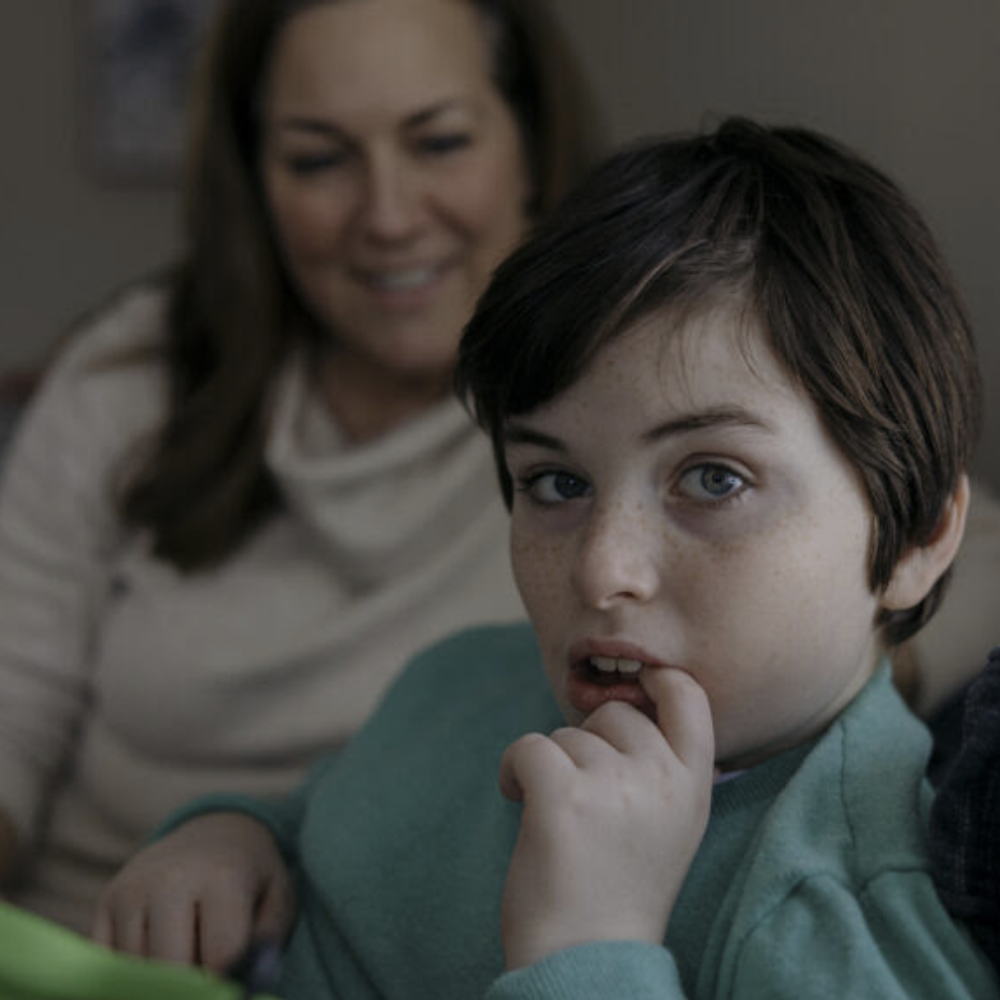What happens when a rare disease drug seems to work, but the health care system doesn’t?
Our Cristina Brennan was interviewed by Ed Silverman of STATnews for an article just published on Feb 5, 2025 in his Pharmalot series. Ed began writing Pharmalot at The Star Ledger of New Jersey in 2007 and it continues to this day at STAT. He joined STAT at its founding in 2015, coming from the Wall Street Journal. He has covered the pharmaceutical industry since 1995.
Below are just a few excerpts from his article.
What happens when a rare disease drug seems to work, but the health care system doesn’t?
Cristina Brennan can hear the clock ticking.
At the end of the year, her 12-year-old son Tristan will no longer have free access to a pricey medicine that has successfully helped him combat a rare form of epilepsy. This means that after being on the treatment — made available to him through a clinical trial since early 2022 — he may once again have to cope with seizures that will worsen his health, diminish his quality of life, and place a proverbial cloud over his future.
This looming dilemma reflects a complicated scenario, but one that may seem familiar to many people in the U.S. who have a rare disease and must navigate the rising cost of medicines and hurdles in health care coverage. And confronting such a challenge amounts to an existential struggle that involves battling the priorities of pharmaceutical companies and insurers.
“The plan is to do everything I possibly can to keep him on this drug, because if he’s no longer on it, he will face a worsening seizure situation as he enters puberty,” said Brennan, an attorney who lives with her family in East Williston, N.Y., and is active in efforts to find a cure. “This drug is his best shot.”
The drug that has proven so helpful is called Ravicti and was approved by U.S. health regulators to treat urea cycle disorders, which are rare genetic diseases that prevent the body from breaking down ammonia. Several years ago, though, a pair of studies suggested the medication may also be useful in combating rare forms of epilepsy caused by mutations in two genes — STXBP1 and SLC6A1.
This was promising news for the small number of patients — estimated to be anywhere from several hundred to a few thousand — who are struggling with these genetic anomalies. But while the research appeared to offer hope, it also created a vexing challenge, because the medicine, known as glycerol phenylbutyrate, had never been approved by the Food and Drug Administration for this purpose.
This means that a doctor would have to write a so-called off-label prescription for these patients, a regulatory term that refers to prescribing a medicine to treat an illness that is not mentioned in the product labeling. Although doctors are, in fact, permitted to prescribe a medicine for an unapproved use, there is often a catch — health insurers are not obligated to cover such a prescription.
…
The full article is published on STATnews here.

